You may have heard about BIOS but not even sure what it is. In fact, you can begin to wonder, why do I need to backup my BIOS? If that’s the case, then you have come to the perfect resource. At some point you will have to update your BIOS or maybe restore it or format it. Regardless of your purpose for needing to backup your BIOS and recover it, you will find this guide helpful.

The BIOS (Basic Input/Output System) on your computer is a chip that allows your computer to conduct basic startup activities before the operating system kicks in. It guarantees that the computer system is adequately loaded into memory, making it critical to the device’s proper operation.
There are 2 BIOS standards that you should be aware of. The earlier type is being pushed out in favor of newer UEFI chips, while older versions may still be found on PCs produced before 2007. UEFI established a uniform standard that all leading processor manufacturers adopted. Regardless of the specification of your device’s uses, it would help if you considered backing up your BIOS, and I’ll describe how to back it up.
Backing UP BIOS
BIOS can be backed up in many ways, depending on your system’s manufacturer. Below, I’ll talk about some of the most efficient ways you can back up your BIOS.
Updating the BIOS
This is the simplest option, and only some very few OEMs, such as DELL, provide it. When you upgrade your BIOS, it creates a backup of the previous BIOS chip image then saves it on your computer. However, I don’t believe all OEM sellers offer this capability.
In Windows 10, your motherboard maker may provide you with a Windows Update application where you’ll almost always be given the option of backing up your BIOS first. Look for an entry that says something like “Save current BIOS data,” then save it over to a location of your choice.
Using a Third-Party BIOS Backup Tool
The Universal BIOS Backup Toolkit can detect and backup the most commonly used BIOS to a file that can be recovered later. Download the software and go along with the instructions below-
- Unzip the downloaded file and open run it as administrator.
- Click on the “Read” button. It will start reading your BIOS file.
- Click on the “Backup” option to start the backup.
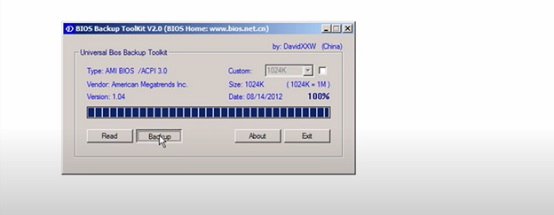
- Choose the location where you want to save the backup file.
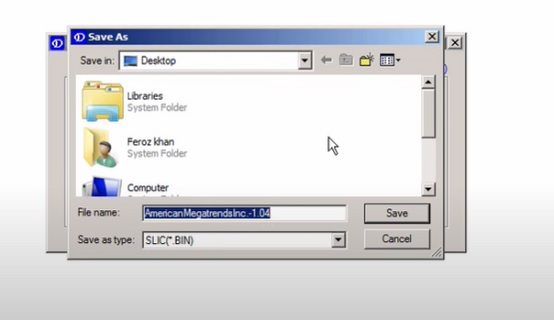
- Click on the “OK” button to complete the backup.
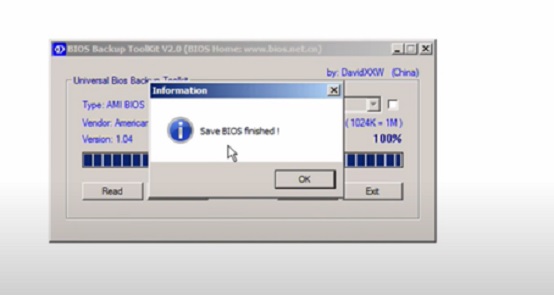
Another third-party program is CmosPwd. You’ll need a pen drive with smaller storage to store the backup. Download the CMO.zip file and unzip it on a location. Now go along with the following –
- Go to the unzipped folder and execute “CMOSviewer.exe.”
- Insert your pen drive; it should be empty or contain no essential files.
- Navigate to the “File” option and click on the “Generate Emergency Backup” option.
- Select your pen drive as the backup location and backup your BIOS.
How Can I Know the BIOS Version?
There are many ways to locate your BIOS version, and I’ll talk about some of the easiest ways.
Using Windows PowerShell
- Click on the Windows button and “X.”
- Click on the “Windows PowerShell (Admin)” option.
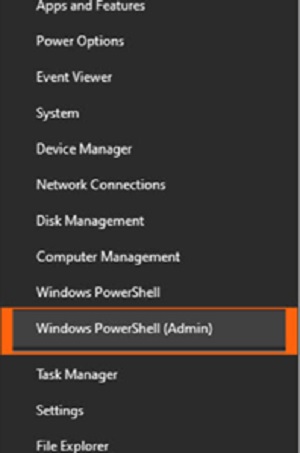
- Type “wmic bios get smbiosbiosversion” and click the ”Enter” button. You’ll find your BIOS version under “SMBIOSBIOSVersion.”
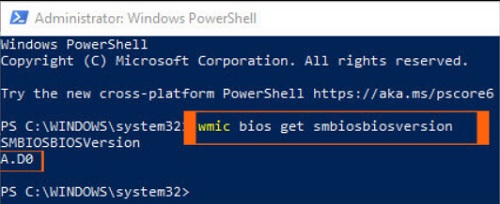 Alternatively, you can type “system info” in the PowerShell command and get the BIOS version.
Alternatively, you can type “system info” in the PowerShell command and get the BIOS version.

Using the System Information Tool
The system information tool includes all of the relevant hardware and software details, and to use this –
- Click on the “Windows” button and “S,” then search for “System.” Go to the “System Information” program.
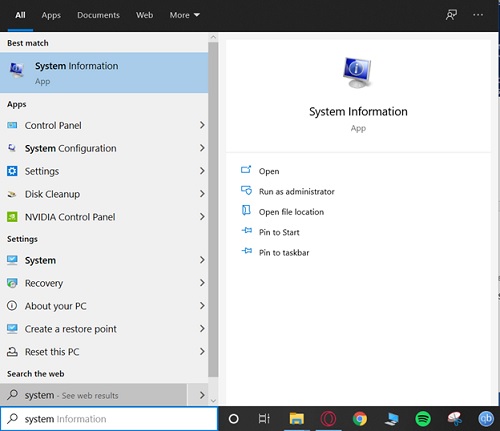
- Look for the BIOS section and you’ll find the BIOS version and other related information there.
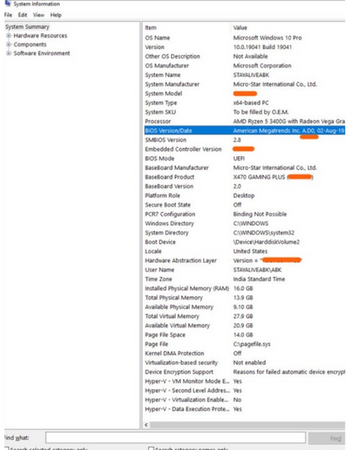
Summary: Backup Your BIOS
- Download BIOS Reader/Writer Utility.
- Save Current BIOS Settings.
- Read Current BIOS.
- Write New BIOS.
- Update BIOS.
- If You Have Shared Your Backup File.
- Backup Your BIOS.